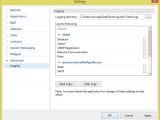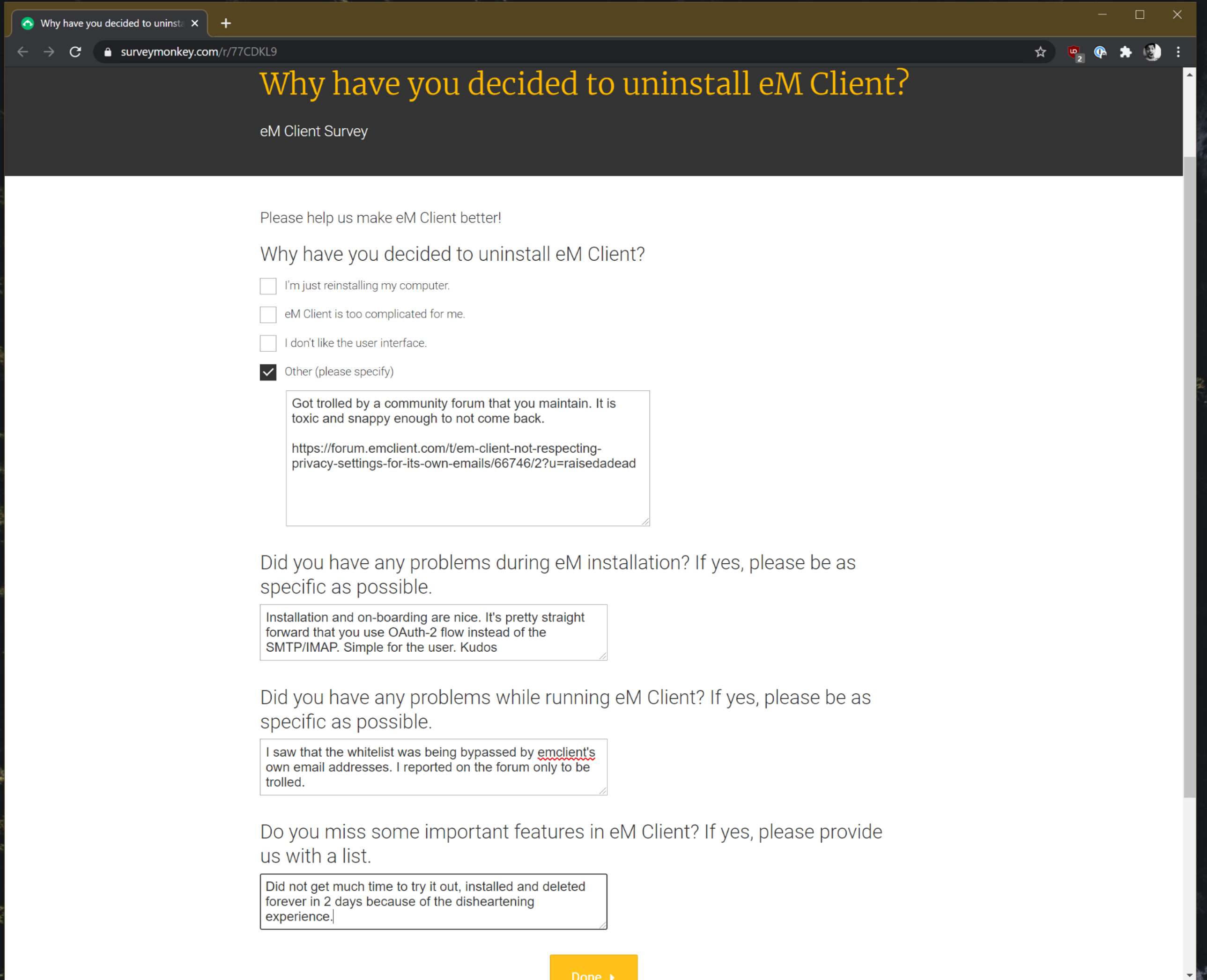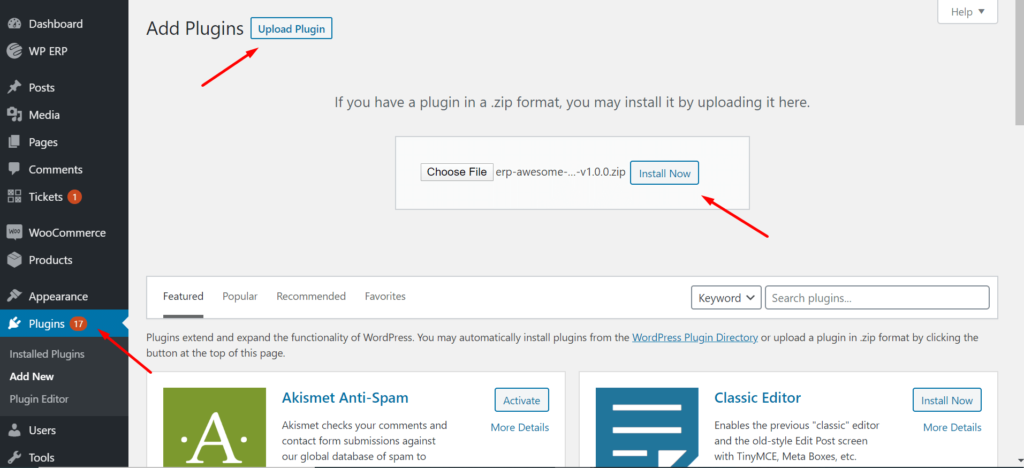

By default, it specifies an empty string.ĪutoInstall - Install the application immediately after the request is approved. This value is the unique ID of the application without the version. The ApplicationID is the ModelName property of the SMS_Application instance. Username - Unique username of the user, for example LiamĪpplicationID - Model name of the application
#Em client user process software
This solution provides per-user and per-device control of the software without the need to create separate collections.ĬlientGUID - Unique identifier of the client No other users will see the application as available in Software Center until the approval is granted. Emma can also configure the automation to automatically install the application on Liam’s device. The application is now available to Liam in Software Center. It doesn’t modify collection memberships, and takes effect immediately. This method then uses the existing Configuration Manager application deployment mechanism.

It uses the “CreateApprovedRequest” WMI method in Configuration Manager version 1802. When approval is granted via the organization’s approval system, the orchestration system can make an approved request for Liam and his device in Configuration Manager. With this option, Liam doesn’t see the application in Software Center until the application request is approved for installation on the device. With Configuration Manager version 1802, Emma enables the Software Center client setting to "Hide unapproved applications in Software Center". The Northwind Traders has an existing application approval system, and Emma wants to integrate the approval system with Configuration Manager.Įmma deploys an application to all users and configures it to require approval.

If Tim takes no action, Configuration Manager automatically installs the application during non-business hours. Once Sophia approves the request, Tim can install the application on his device. Tim specifies the reason and submits the approval request. Software Center requires Tim to submit the request for the application from his device. Here is Tim’s experience in Software Center: Sophia then approves or denies the request for each of Tim’s devices where he made the request. If the Configuration Manager version 1802 option, “Approve application requests for users per device” is enabled, Tim has to request approval from every device where he wants to install the application. Tim submits the request from Software Center and specifies the reason for the request. He browses the list of applications in Software Center but can’t install the application until the request is approved.

Sophia deploys an application to all users and configures it to require approval. These applications must be approved before they are installed. She uses Software Center to make software available to the users. Sophia is the IT administrator at Contoso. Also, the new workflow doesn’t require creating individual collections to manage installations and uninstallations for each application, which reduces the overall load on the Configuration Manager infrastructure and improves performance. These improvements include faster evaluation of the approval action, and faster software delivery to the client. One of the important scenarios for application management is providing a controlled installation and uninstallation process for software that requires approval. In the last few releases of Configuration Manager (current branch) we’ve made several improvements to help you implement an application approval workflow in your environment. The method is called as follows: var client = nnect(url,options)Į.g. This is the main method, and when called it connects to an MQTT broker and returns a client class. You create a listener for the events you are interested in and this listener calls a callback function to process the event. Events are triggered when something happens e.g the client connects. Node.js scripts are asynchronous and use events. To use the client you need to use: var mqtt=require('mqtt') In this tutorial we cover the important client functions and create a simple publish subscribe node,js example script. It can be installed using: npm install mqtt -saveĭocumentation for the client is available here The node.js MQTT client is an open source client that can be used for publishing messages and subscribing to topics on an MQTT broker.


 0 kommentar(er)
0 kommentar(er)
